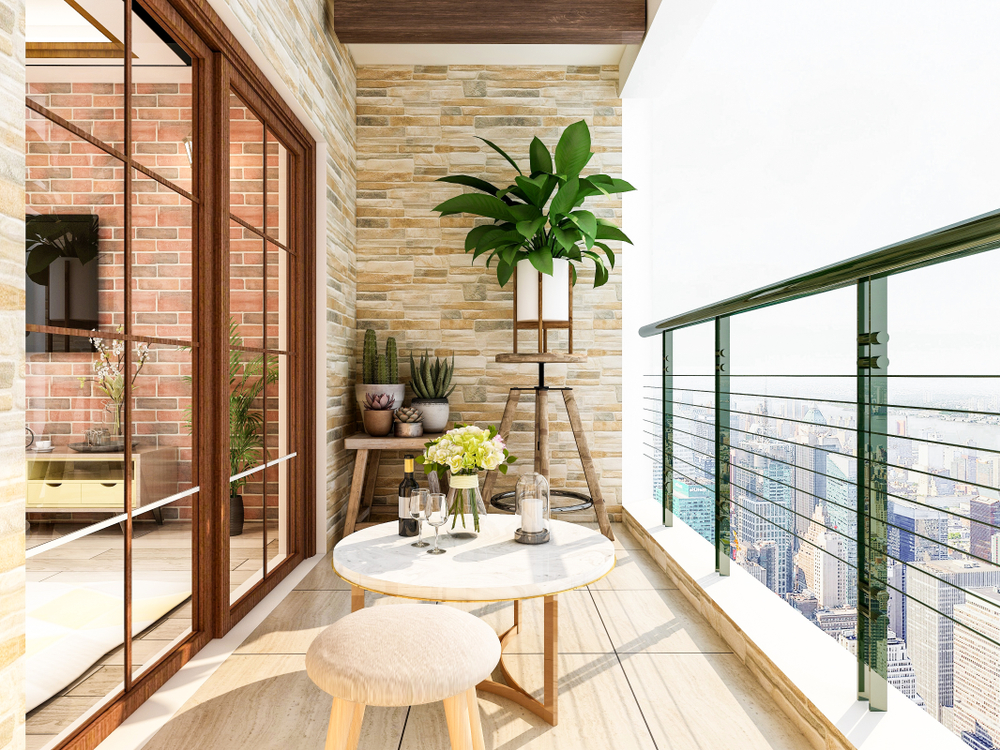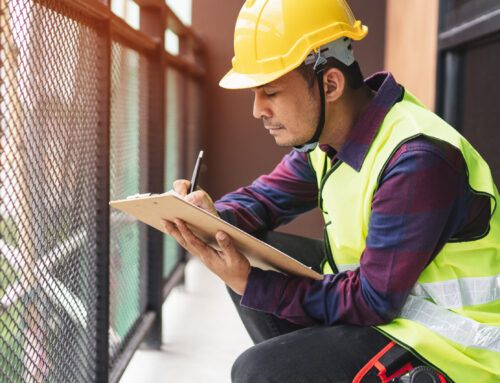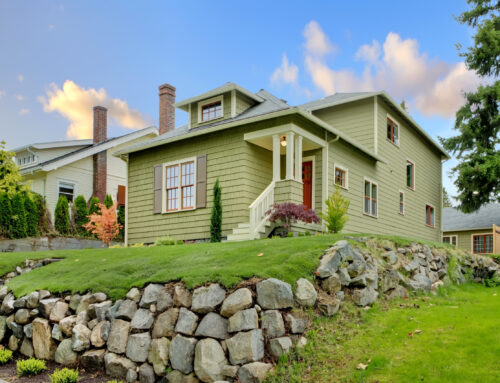A poorly planned and constructed balcony can lead to water damage and rusts causing further damage to the main deck or elevated structure. It can also cause serious safety issues and code violations. If you see signs of damage like stains, cracks, loose railings or posts, then it is time to give your deck or balcony that much needed repair.
How to do balcony decking repair
First, you have to hire the services of a qualified engineer or architect to conduct a full assessment. A certified professional will thoroughly inspect the balcony or deck, check areas showing signs of deterioration, and which area is badly damaged.
An architect or engineer will conduct an in-depth survey and probes on the concrete by getting a 4-inch-wide circular concrete cut. The test determines the strength of the concrete.
Also, this test will show the damage to the concrete. Balcony or deck probes are crucial to determine the condition of the structure.
Survey and probe results will help the engineer or architect come up with recommendations on whether a full-scale repair is needed or minor work-ups will suffice. And for extremely damaged balcony decking, it may need to be fully abolished and be replaced with a new one.
Concrete Repair
Now, for concrete repairs, the entire area with defects must be cut away. Although caulking and patching can cover the cracks and spots, these will not eliminate the underlying issues.
The cuts on the concrete should be clean and straight. When applying a bonding agent, it should be the same or adhere to the existing one.
Coatings are applied once the concrete repair is done; non-permeable coating should be applied on the balcony surfaces while the non-slip coating is applied to the balcony floor to prevent water from seeping in.
Although on-permeable coating protects the structure from water damage, the main structure must be properly set-up towards the drain so water drains properly.
After the balcony decking repair, and aluminum cladding is added on the new deck for extra protection. Aluminum cladding is also used for minor repairs to temporarily hold crumbling concrete and to prevent further water damage.
Railings
As for the balcony railings, they must be replaced depending on the severity of the damage. It is recommended that railing posts must be removed from the concrete and have it replaced with aluminum instead of posts made of metal.
Aluminum does not rust, hence it requires less maintenance such as painting and scraping.
The newly repaired or restored balcony decking must be checked regularly for caulking. It is also recommended to periodically check the balcony drain for debris or anything that will obstruct the drain.
Water and Balconies
Lastly, balcony decks should be free from cover or any carpeting that will trap water which eventually causes balcony decking deterioration.
Balcony maintenance must be taken seriously to maintain comfort and safety. The same with other building spots, it should be addressed with the same level of consideration and attention.
Any balcony decking repair or program must be done by a professional to ensure the project is in accordance with state codes and regulations.
WICR Waterproofing & Decking is Southern California’s premier waterproofing and decking specialist covering Los Angeles, Orange County, San Diego, Riverside, and San Bernardino counties. We are trained by all the major manufacturers of waterproofing systems so that we can install or repair any waterproofing project. Please visit us at www.WICRWaterproofing.com








